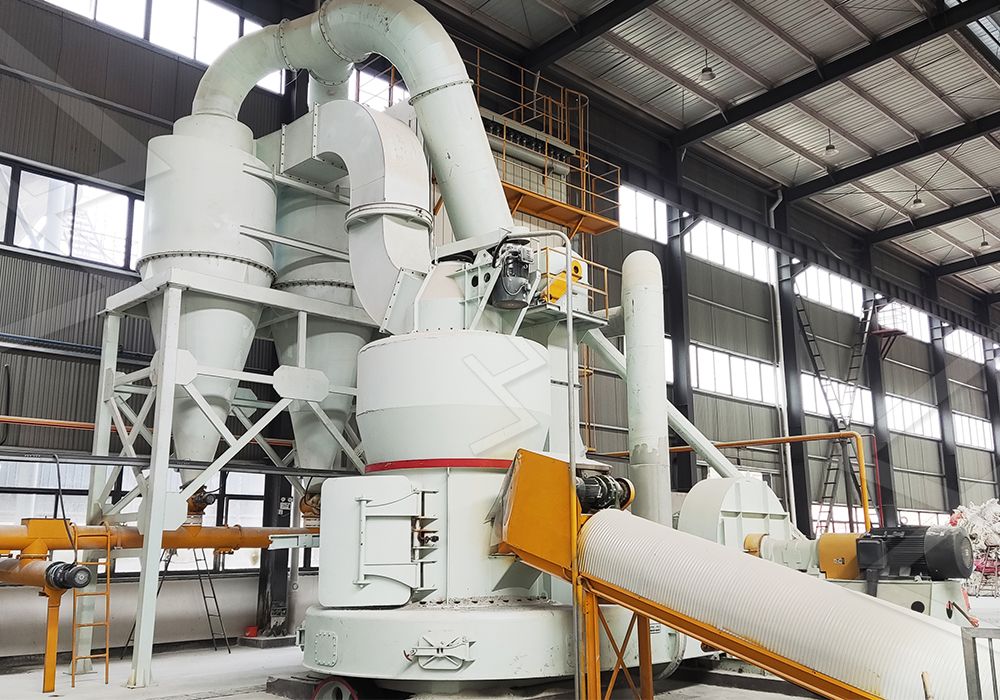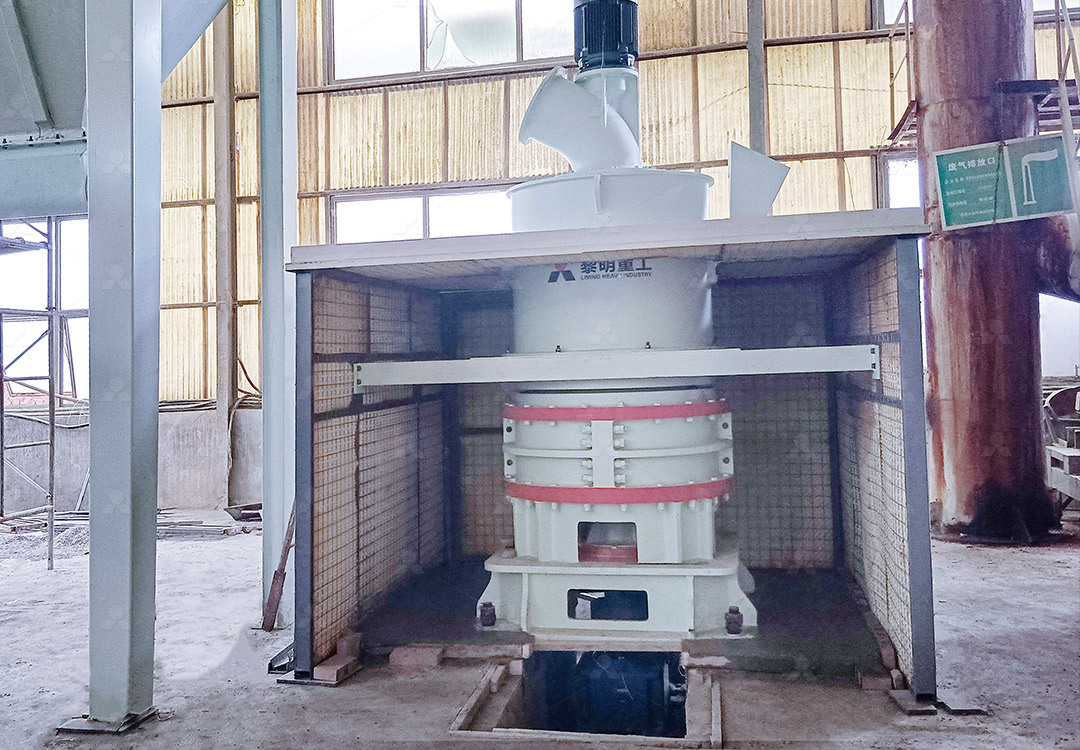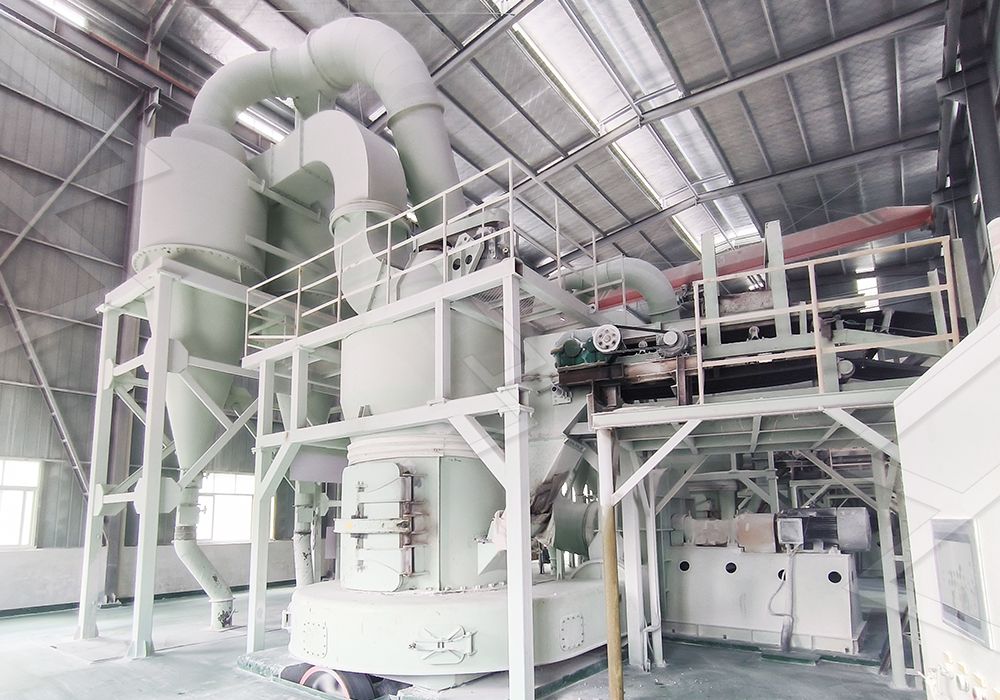Optimized Process Flow of Limestone Grinding Mills for Enhanced Production Efficiency
Optimized Process Flow of Limestone Grinding Mills for Enhanced Production Efficiency
The limestone grinding industry faces constant pressure to improve production efficiency while maintaining product quality and reducing operational costs. Modern grinding operations require sophisticated approaches that optimize every stage of the milling process, from raw material handling to final product collection. Understanding the complete process flow and implementing strategic improvements can significantly impact your bottom line.
Comprehensive Process Flow Analysis
A well-optimized limestone grinding operation begins with proper raw material preparation. The initial crushing stage should reduce limestone to the appropriate feed size for the grinding mill, typically between 0-20mm for most modern systems. This precise sizing ensures consistent feeding rates and prevents unnecessary wear on grinding components.

The grinding phase represents the core of the operation, where energy consumption and production efficiency are determined. Traditional ball mills, while reliable, often suffer from high energy consumption and limited fineness control. Advanced grinding technologies now offer superior alternatives with significantly better performance metrics.
Advanced Grinding Technology Solutions
For operations requiring ultra-fine limestone powder with exceptional consistency, the MW Ultrafine Grinding Mill represents a technological breakthrough. This system processes materials with input sizes of 0-20 mm and achieves production capacities ranging from 0.5 to 25 tph. Its innovative design eliminates rolling bearings and screws within the grinding chamber, substantially reducing maintenance concerns and potential downtime.
The MW mill’s cage-type powder selector, incorporating German technology, enables precise fineness adjustment between 325-2500 meshes with screening rates achieving d97≤5μm in a single pass. Operations benefit from 40% higher production capacity compared to jet grinding mills and double the output of traditional ball mills, while system energy consumption drops to just 30% of jet mill requirements.

Integrated Environmental Considerations
Modern grinding operations must address environmental concerns without compromising production efficiency. The integration of efficient pulse dust collectors and mufflers ensures minimal dust emissions and noise pollution. The MW Ultrafine Grinding Mill exemplifies this approach with its comprehensive environmental protection features that meet national standards while maintaining optimal production rates.
External lubrication systems represent another critical advancement, allowing continuous 24-hour operation without shutdowns for maintenance. This feature, combined with digitally controlled processing using numerical control machine tools, ensures high precision manufacturing of core components for extended operational life.
Operational Excellence Through Digitalization
The transition to digitally controlled grinding operations has revolutionized production monitoring and quality control. Real-time parameter adjustments for grinding pressure, rotational speed, and feed rates enable operators to maintain optimal conditions throughout production cycles. This digital precision extends to spare parts management, where original components ensure consistent performance and worry-free operation.

For operations requiring different capacity parameters, the LUM Ultrafine Vertical Grinding Mill offers an excellent alternative with input sizes of 0-10 mm and capacities of 5-18 tph. Its unique roller shell and lining plate grinding curve design generates material layers more effectively, enabling high finished product rates through single-pass powder milling.
Frequently Asked Questions
What is the optimal feed size for ultrafine limestone grinding?
The MW Ultrafine Grinding Mill operates most efficiently with feed sizes between 0-20 mm. Consistent sizing at this range ensures stable operation and maximizes production capacity.
How does the energy consumption compare to traditional grinding systems?
Advanced systems like the MW Ultrafine Grinding Mill consume approximately 30% of the energy required by jet grinding mills and significantly less than traditional ball mills while delivering higher production rates.
What fineness range can be achieved with modern grinding technology?
Contemporary systems can adjust fineness between 325-2500 meshes, with some achieving screening rates of d97≤5μm in a single processing stage.
How do modern mills address environmental concerns?
Integrated pulse dust collectors, mufflers, and negative pressure systems minimize dust emissions and noise pollution, ensuring compliance with environmental regulations.
What maintenance advantages do newer grinding systems offer?
Designs eliminating internal rolling bearings and screws, combined with external lubrication systems, significantly reduce maintenance requirements and enable continuous 24-hour operation.
